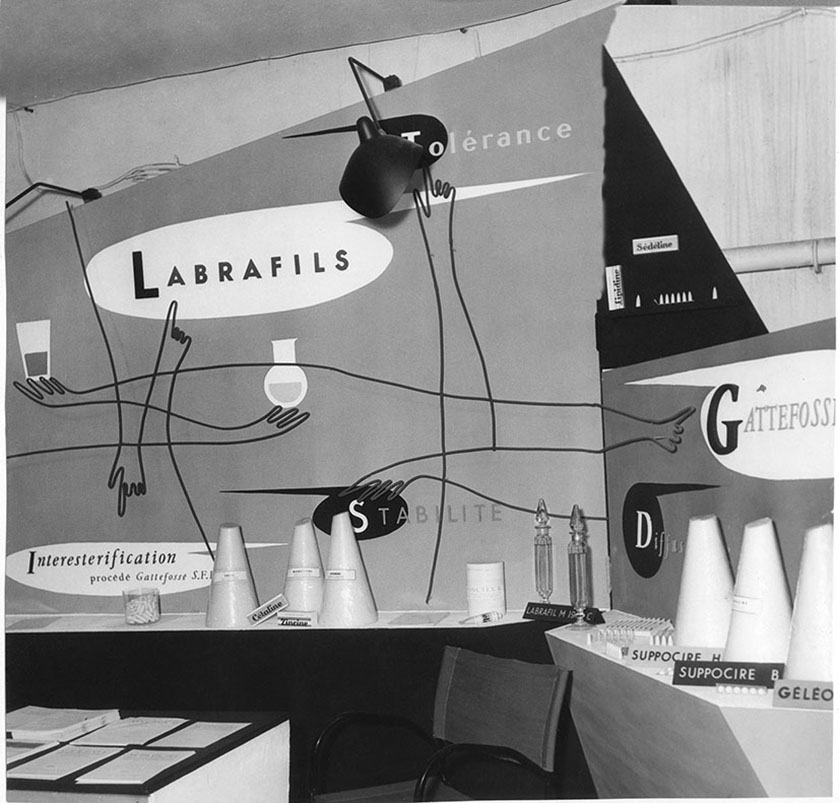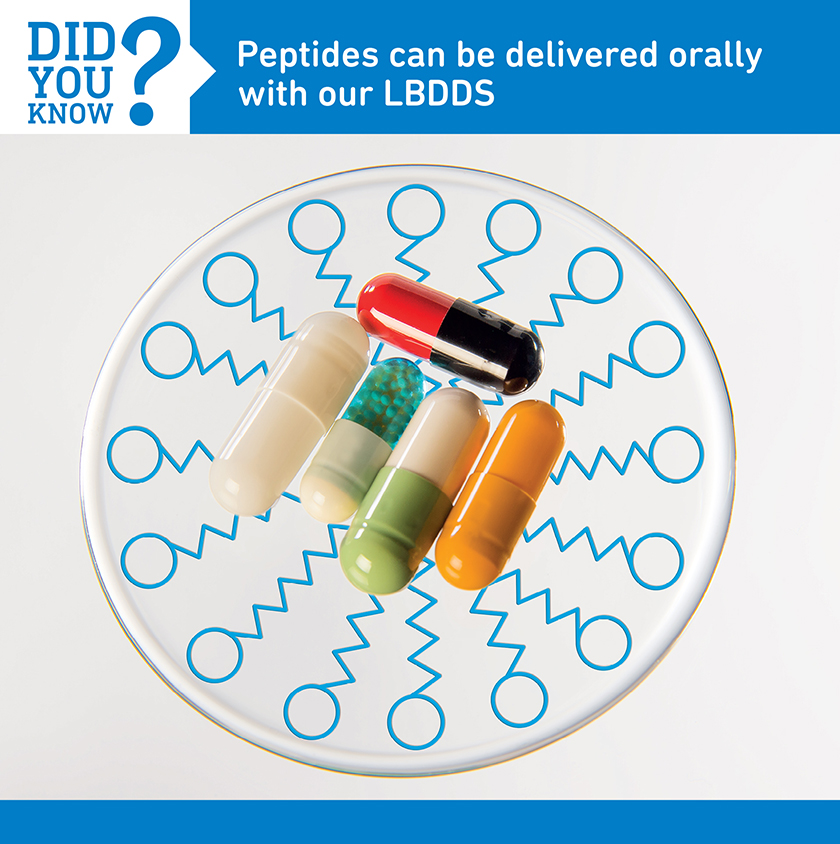07 of 16
Back to themesImproving the Bioavailability of Medicines
1954 • 2012In the 1950s, when Gattefossé discovered that Labrafil® could accelerate the bioavailability of antibiotics, the company then needed to convince pharmaceutical laboratories of the opportunities offered by this innovation. Fifty years later, the company continued to strengthen its expertise through scientific works.


